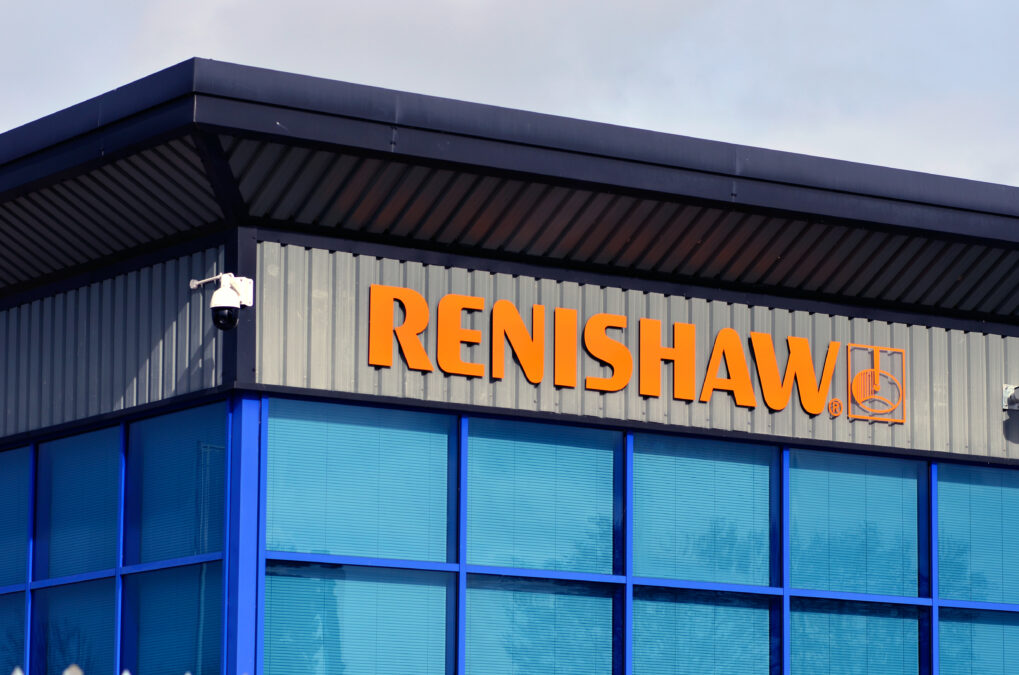After six consecutive quarters of growth in the global server market, it is fair to assume the post dot-com bust era of IT austerity is finally over. A fair assumption: but is it accurate?
IDC’s latest server market health check certainly suggests that organisations are ramping up for a new round of IT investment. Global “factory gate” server revenues grew 5.5% in the third quarter, led by a healthy volume server sector which grew 18.7% in unit terms.
These figures are hardly record breaking, but according to Matt Eastwood, IDC’s enterprise server solutions program director, they are evidence of new confidence in the IT sector. Not only have “customers continued to refresh and expand their IT infrastructures,” he says, but they are also showing a new willingness to invest in “strategic IT initiatives, including new workloads, [that] are also growing significantly once again.”
Still, encouraging as this trend is for both server manufacturers and their customers, it is not all good news – at least not for the manufacturers. Although volume sector sales are strong, high-end server revenues grew just 1.9% globally, and mid-range server sales shrank for the third consecutive quarter – by 10.2%.
For manufacturers, the flat high-end market and the dwindling mid-range highlight a challenge to their margins, since they represent a retreat from proprietary RISC and Unix architectures, and the broadening appeal of the increasingly commoditised Intel x86 platform. X86 Windows revenue grew 19.9% year-on-year, whilst Linux server revenues powered ahead by 42.6% – the ninth consecutive quarter of positive Linux revenue growth, and enough to take Linux machines to 9.2% of the overall market.
Value equation
The simple interpretation of this pronounced shift away from proprietary platforms to commodity servers is that, whilst customers are willing once again to refresh their server estates, they are doing so on a piecemeal basis, and adopting procurement parameters that are highly price sensitive. However, this interpretation only tells half the story. In fact, customers are not just buying cheaper machines, they are actually exploiting new technologies that allow them to extract far greater value from these cheaper machines.
Certainly, according to IDC, the current growth in volume server sales doesn’t represent a repeat of the server proliferation that was part the late 1990s. This time, companies are not blindly throwing commodity machines at a spiraling capacity problem. They are taking a more considered, forward-looking approach to their infrastructure – one specifically designed to avoid the acres of under-utilised and near-unmanageable servers that were the expensive dot-com legacy.
The evidence for this lies not so much with the type of servers that are shipping, but with the systems software that is shipping with them. According to Thomas Meyer, an enterprise server VP with IDC Europe, one of the most startling aspects of the ongoing server market revival is the prominence of virtualisation software adoption. High-end servers have long been capable of virtual configuration. The difference today, says Meyer, is that 60% of customers are actually using this capability, and deriving much greater value from their server investments by doing so.
Going virtual
The virtualisation phenomenon is not just restricted to the server high-end either. “Storage virtualisation is now absolutely mainstream,” says Meyer, with between 80% and 90% of companies now opting to deploy virtual storage arrays and a similar proportion choosing to network them together using virtual LAN switches.
To some extent, it can even be argued that server virtualization is starting to become commonplace in the volume market as well, particularly that segment of it which is accounted for by blade servers. The use of blades, almost by definition, implies the use of virtualisation tools, and whilst blades still account for just 2.5% of the overall server market, unit shipments grew 44% in the last quarter. By 2008, blades are expected to make up 28% of the total server market.
Together, the growth of virtualisation and blade systems deployment are probably far more significant than any simple increase in server sales. Server sales may be on the increase, but that doesn’t necessarily imply a decline in customer ‘austerity’. This time, buyers have their eyes firmly on the cost, and not just the price, of server capacity.
|
||||||||||||||||||||||||||||||||||||||






